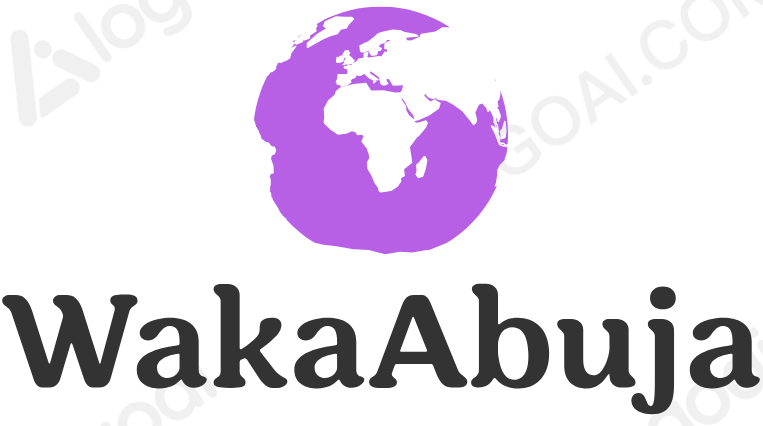Understanding the AEDC (Abuja Electricity Distribution Company) bands can be likened to deciphering a foreign language, but it is crucial for managing your electricity costs and ensuring uninterrupted power supply if you want to manage your electricity costs effectively. The aim of this guide is to walk you through the process step-by-step, in an easy-to-read manner, complete with personal insights, practical tips, and expert advice to help you along the way.
Key Takeaways
- Your AEDC band determines your electricity tariff based on daily supply hours.
- Check your electricity bill, use the AEDC portal, or contact customer service for clarity.
- Keep track of your supply hours to verify accuracy.
- Regularly reassess your band to ensure fair billing.
What Is an AEDC Band?
AEDC assigns its customers to specific tariff bands (A to E) based on electricity supply quality, including the number of hours provided daily. Your band determines your billing rate, so knowing it is crucial to avoid overcharges or misunderstandings.
- Band A: N225.00 per kWh (for consumers with higher electricity consumption)
- Band B: N76.15 to N63.35 per kWh
- Band C: N63.44 to N51.79 per kWh
- Band D: N55.82 to N33.95 per kWh
| AEDC Band | Supply Hours Per Day | Approximate Monthly Cost (₦) | Rating |
|---|---|---|---|
| Band A | 20+ hours | ₦23,000 – ₦27,000 | ★★★★★ |
| Band B | 16-20 hours | ₦19,000 – ₦22,000 | ★★★★☆ |
| Band C | 12-16 hours | ₦13,000 – ₦18,000 | ★★★☆☆ |
| Band D | 8-12 hours | ₦8,000 – ₦12,000 | ★★☆☆☆ |
| Band E | Less than 8 hours | ₦5,000 – ₦7,000 | ★☆☆☆☆ |
Step 1: Check Your Electricity Bill
Your AEDC band is typically printed on your monthly electricity bill. Look under the section labeled “Tariff Details” or “Billing Information.”
Personal Insight:
“When I first checked my electricity bill, I had no idea what the tariff band meant. After some research, I realized it explained the frequent power outages I was experiencing. Understanding my band gave me clarity on what I was paying for—and what I wasn’t!”
Step 2: Use the AEDC Online Customer Portal
Visit the AEDC official website and log in to your account. The customer dashboard will display your tariff band and other account details.
Tip: If you don’t have an account, register using your meter number and contact information. It’s a quick and seamless process.
Step 3: Contact AEDC Customer Service
If the online portal doesn’t resolve your query, reach out to AEDC’s customer service via email, phone, or social media channels. They’ll assist in clarifying your band and any adjustments needed.
Step 4: Verify Your Supply Hours
Track your daily electricity supply hours over a week. Use this data to cross-check the assigned band. If discrepancies arise, you can file a complaint with AEDC for reassessment.
Pros and Cons of Knowing Your AEDC Band
| Feature | Pros | Cons |
|---|---|---|
| Accurate Billing | Avoid overpaying or underpaying | Requires regular monitoring of supply hours |
| Improved Complaint Filing | Stronger case for reassessment | Time-consuming to gather evidence |
| Energy Budgeting | Plan expenses better | Limited control over power supply quality |
FAQs
1. Can my AEDC band change?
Yes, AEDC may reassess your band if your supply hours improve or decline.
2. How do I file a complaint?
Visit the AEDC complaints page or call their hotline at 0814-726-3856.
3. Is it worth upgrading to a higher band?
This depends on your electricity needs and willingness to pay higher tariffs for more consistent power.
Understanding your AEDC band empowers you to make informed decisions about your energy consumption. With this guide, you’ll navigate the complexities of AEDC tariffs like a pro.
Pro Tip:
“Keep your electricity bill handy and review it monthly. Small changes in your AEDC band can lead to big differences in your budget!”
For more resources, check out the Nigerian Electricity Regulatory Commission (NERC) for updates on electricity tariffs.
Ready to take control of your energy costs? Share your experiences or questions in the comments!



